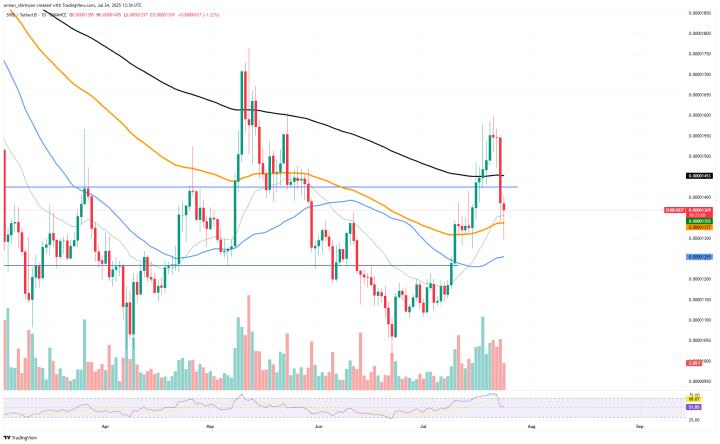Prediction Market Suspected of "Manipulation," Two Major Betting Topics Become Controversial Focal Points
A user @tatethebrand's long post revealed a series of controversies surrounding Polymarket. The post included screenshots of two popular betting topics: whether the Iran Fordow nuclear facility would be destroyed before June 2025, and whether Ukrainian President Zelensky would wear a suit before July. These two markets attracted approximately $23.5 million and $15.4 million in betting amounts, respectively, but the outcomes sparked widespread anger.
In the Fordow bet, the market once predicted a 99% probability of "destruction" before the end of June. According to Al Jazeera and Wikipedia updates, US B-2 bombers struck the facility on June 15, but the International Atomic Energy Agency (IAEA) stated the next day that "no significant damage was observed" as Iran had evacuated the facility's personnel in advance. The IAEA has not yet made an official determination, leaving the market unresolved and raising questions about speculation and information asymmetry.
Regarding the bet on Zelensky wearing a suit, despite Kyiv Post publishing a photo of him in a suit on June 25, Polymarket ultimately judged the result as "No". This decision was determined by a UMA community vote, with most UMA token holders choosing "No", leading many users to question whether the platform was "taking sides" in the face of facts.
Centralized Control? UMA Whale Accused of Manipulating Market Direction
@tatethebrand's post alleges that while Polymarket appears decentralized, it is actually dominated by a few major UMA token holders. These "whales" can influence market outcomes through the voting mechanism, creating a situation similar to a monopoly. A 2025 arXiv research paper also pointed out that governance is generally concentrated among a few individuals in multiple DeFi protocols, questioning the substantive meaning of decentralization.
Additionally, a Mitrade report from March this year exposed a $7 million manipulation scandal, suggesting that some Polymarket verifiers influence market direction by setting rules and coordinating votes, although the report has not yet undergone academic review.
The post even likens UMA's control structure to a "monopoly group", arguing that a few people control voting power, creating a superficially decentralized but actually centralized governance. While there is no clear evidence of organized manipulation by UMA, the concentration of token holdings is concerning, and users are beginning to question the platform's fairness.
What is the Relationship Between Polymarket and UMA?
Polymarket is a decentralized blockchain prediction market platform whose prediction results heavily rely on the UMA protocol as a core data source and arbitration mechanism. Specifically, when settling markets, Polymarket submits event results to UMA's optimistic oracle, where UMA token holders vote and arbitrate to ultimately determine the settlement of bets. This design makes result verification decentralized and transparent, but has also sparked controversies due to large token holders or minorities exploiting UMA oracle governance. As Polymarket's users and transaction volume increase, the demand for UMA oracles grows simultaneously, forming a close and interdependent technological and economic relationship.
User Anger Spreads, Competing Platforms Seize the Opportunity
Amid the escalating controversy, Polymarket is conducting a fundraising round led by Peter Thiel's Founders Fund, with a target valuation of $1 billion.
Divisions have emerged within the crypto community, with notable trader defipolice stating that Polymarket is no longer a "platform for predicting truth" but a "scripted bet". Many users claim to have lost hundreds of thousands of dollars in the Zelensky bet.
(Targeting Polymarket! Paradigm Leads Kalshi's $185 Million Financing, Valuation Approaching $2 Billion)
Uncertain Future, Polymarket's Trust Crisis Awaits Resolution
As the Fordow bet's deadline passes and the IAEA has not yet provided a clear answer, market focus will shift to UMA and Polymarket's response mechanisms. Although blockchain tools like Etherscan can track voting and token-holding addresses, interpreting the data still requires professional analysis.
Currently, Polymarket has not publicly responded, but UMA's co-founders have hinted at adjusting related decision-making processes to reduce centralization risks.
For users, this incident serves as a warning: before participating in crypto prediction markets, one must understand the platform's governance structure and risk distribution. Whether it is truly decentralized has become the core concern for users.
Risk Warning
Cryptocurrency investments carry high risks, and prices may fluctuate dramatically. You may lose all your principal. Please carefully assess the risks.






